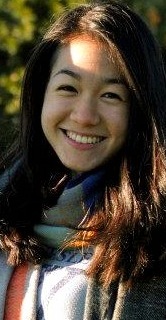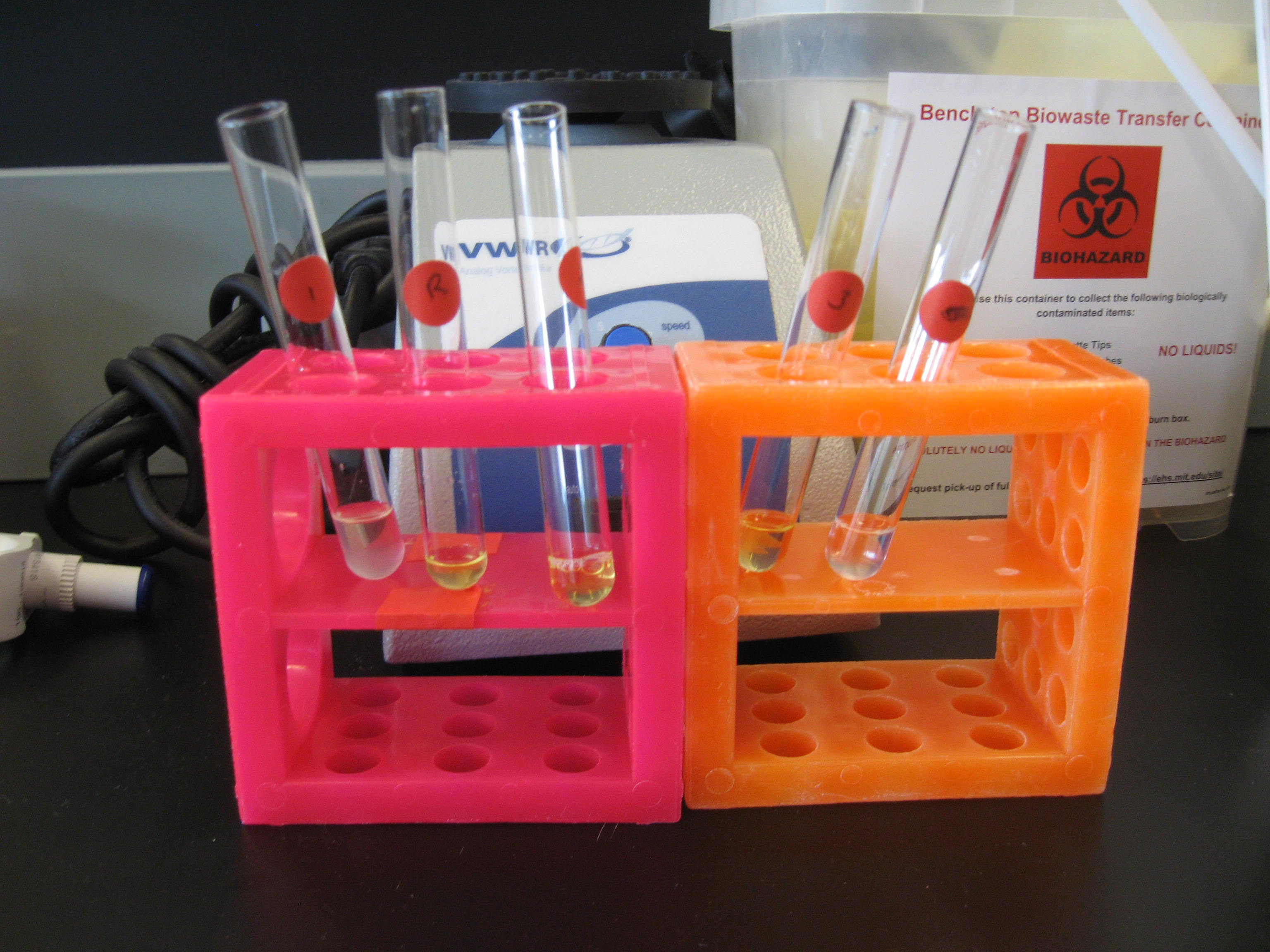Team:Wellesley Desyne/Notebook/EvanNotebook
From 2013.igem.org
About Me
Hi! I'm Evan, and I'm very excited to be a part of the Wellesley iGEM team this year. I'm a Computer Science and Philosophy major at Wellesley College, but I didn't start out my college career with these majors. When I matriculated, I was deciding between a major in Philosophy, English, Psychology, or Visual Art. I sort of stumbled upon the wondrous world of Computer Science by accident; I took an intro class to fulfill one of my distribution requirements and absolutely fell in love. I applied to join the iGEM team (and Wellesley's Human-Computer Interaction lab) because user interface design is the perfect synthesis of visual art, psychology, philosophy, and computer science.
My main project on iGEM is Eugene DeSyne, a project that enables synthetic biologists to virtually generate a set of genetic devices with user-specified rules. This is the top-down extension of the MoClo Planner project, which lets users design devices from the bottom up: by first selecting parts, permuting them, and then selecting from the set of resulting devices. Other Wellesley iGEM projects include Tabula, an interface that enables users to surf through genomic sequences using Sifteo Cubes; ZMol/ZSeq, a 3D visualization of molecules and genomic sequences; and SifteoArt, an art installation that raises public awareness about synthetic biology.
Apart from academics, I play Ultimate Frisbee for the Wellesley Whiptails; I was B-team captain this past spring, and I'm going to be novice captain in the fall. In my limited free time, I occasionally dabble in portraiture using charcoal and oil paint. I'm also very passionate about queer rights, reproductive freedom, sexual assault awareness and prevention, and mental health awareness.
Week 1: May 28 - May 31
Tue, May 28: Today was the first day of work and I'm already so overwhelmed (in a good way). First, we had a general summer research orientation, and then we all met in the Wellesley HCI lab. After a general human-computer interaction overview (what we do in the lab, the general process, personal introductions, etc), we were assigned to projects and then given a list of background research articles to read. We spent most of the day reading the articles. I only have a very vague/basic idea of what I'm supposed to be doing, but I drew up some preliminary designs for the user interface for Eugene DeSyne. That took about 3-4 hours; it's really difficult to try to consolidate and synthesize so much information into one coherent interface. I showed it to Consuelo at the end of the day and she...well, she pretty much destroyed it. It sounds a bit harsh, but I'm actually really happy she did; it felt like a baptism into the church of software development.
Thur, May 30: We're at the MIT wet labs today, taking a sort of crash course on synthetic biology. The car-less campus-dwellers (myself included) had to take a 7:30 train into Boston with the other commuters; I'm 19 but this was one of the first times I've felt like an adult. In the lab, we met Natalie, the lovely woman behind [http://www.biobuilder.org/ BioBuilder], and we learned about lab safety procedures, general lab protocols, and famous previous iGEM experiments, like E. coli that alternatively smell like bananas and wintergreen, and bacteria that float when exposed to two types of light. In the wet lab itself, we worked with E. coli to make them turn different colours under light and we also tested the strength/effectiveness of different plasmids. We finished up by creating a "genomic circuit" using a breadboard; I'd never used a breadboard before, and I had a lot of fun. It made me excited for the machine organization course that I'm taking in the fall at Wellesley. At the end of the day, the team went to a hole-in-the-wall cafe called Life Alive and got delicious smoothies to combat the 95-degree weather.
Fri, May 31: It was Wellesley's Commencement today, so most of us took the day off to see the class of 2013 graduate. Despite the scorching heat, the ceremony was beautiful; the commencement speaker was Valerie Jarrett, senior advisor to President Barack Obama and chair of the White House Council on Women and Girls. She reminded us to be flexible and resilient and to pace ourselves and feel free to ask for help. Commencement was a bit emotional for me, because so many of the teammates (on the Ultimate Frisbee team) that I'm close to were seniors this year. I'll miss them (in fact, I already do), but I also can't wait to see the amazing things that they'll all undoubtedly go on to accomplish.
Week 2: June 3 - June 7
Mon, June 3: Today, our team again ventured out into the city to meet with our BU team counterparts at the BU Photonics building. After general introductions, they gave us a brief overview of synthetic biology as a discipline and some of their work in the lab. Afterwards, we learned [http://eugenecad.org/ Eugene], a programming language developed specifically for synthetic biologists. We were divided up into groups and given different circuits to model using Eugene. It was actually quite difficult; Eugene is an object-oriented language similar to Java, which I'm very familiar with thanks to Wellesley's CS department, but there was some Eugene-specific syntax that was a bit hard to grasp. Although the language does a good job of capturing many of the rules that need to be defined for genetic devices, there were still some things that were hard to define: things like "threshold". For example, for my group's circuit (shown on the right), the P-lambda promoter can either be repressed or induced, depending on the amount of cI present. This, in particular, was difficult to model.
Wed, June 5: Sravanti joined the Eugene DeSyne subteam, and I'm really glad she did! We got a lot done today. After listening to some user-input recordings for the paper prototype of Eugene DeSyne that the HCI lab had previously worked on in the spring, we came up with a list of likes and dislikes for the user interface design. In particular, my group decided that we didn't want to have to use very many light-boxes that can clutter the screen, and we liked the idea of being able to switch between or hide different working spaces, similar to the Mac OSX multiple desktop feature. We spent most of today working on two different preliminary ideas for the interface, which we'll present to the rest of the lab tomorrow, during our first SCRUM meeting of the summer.
 "
"




